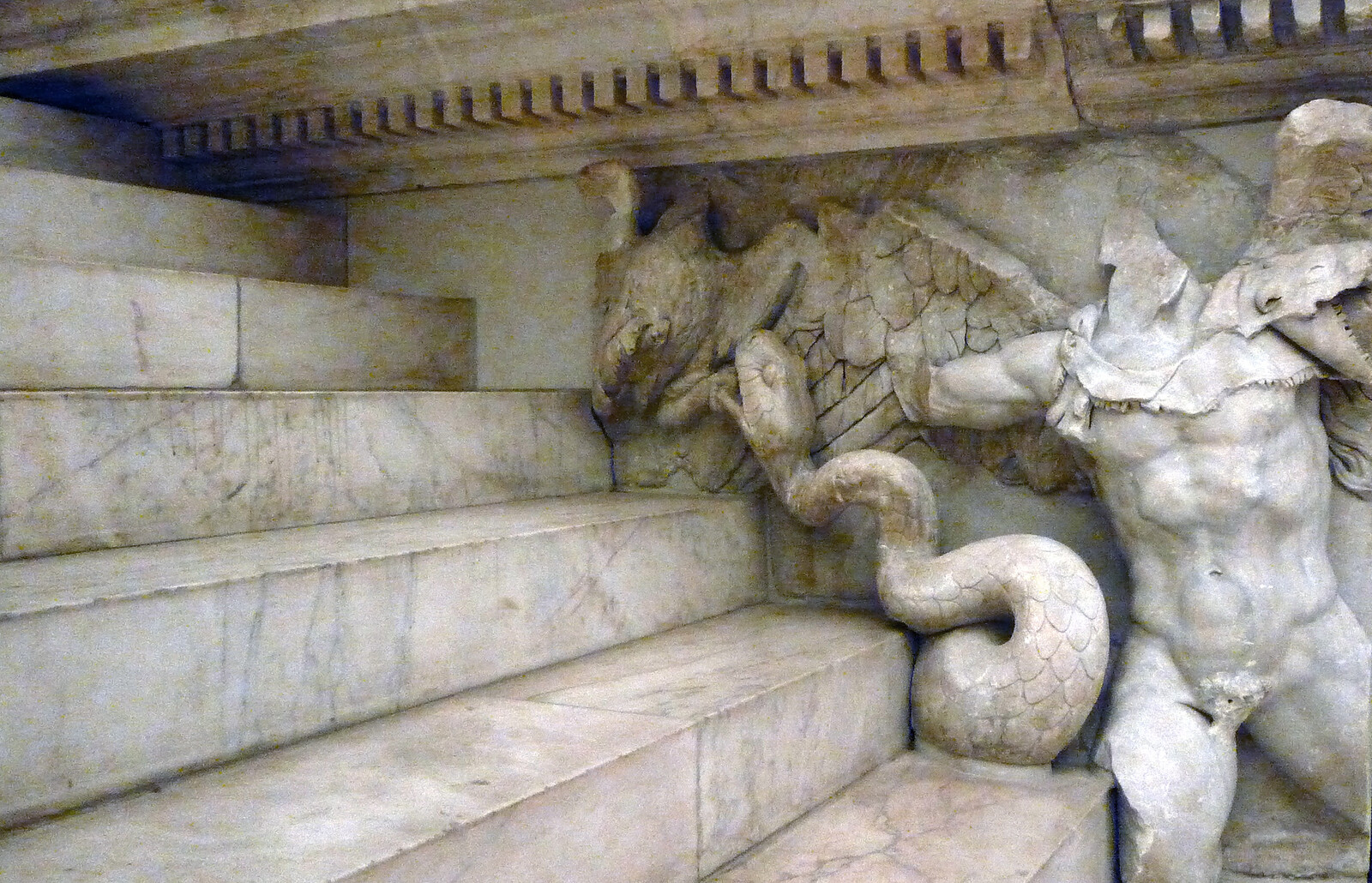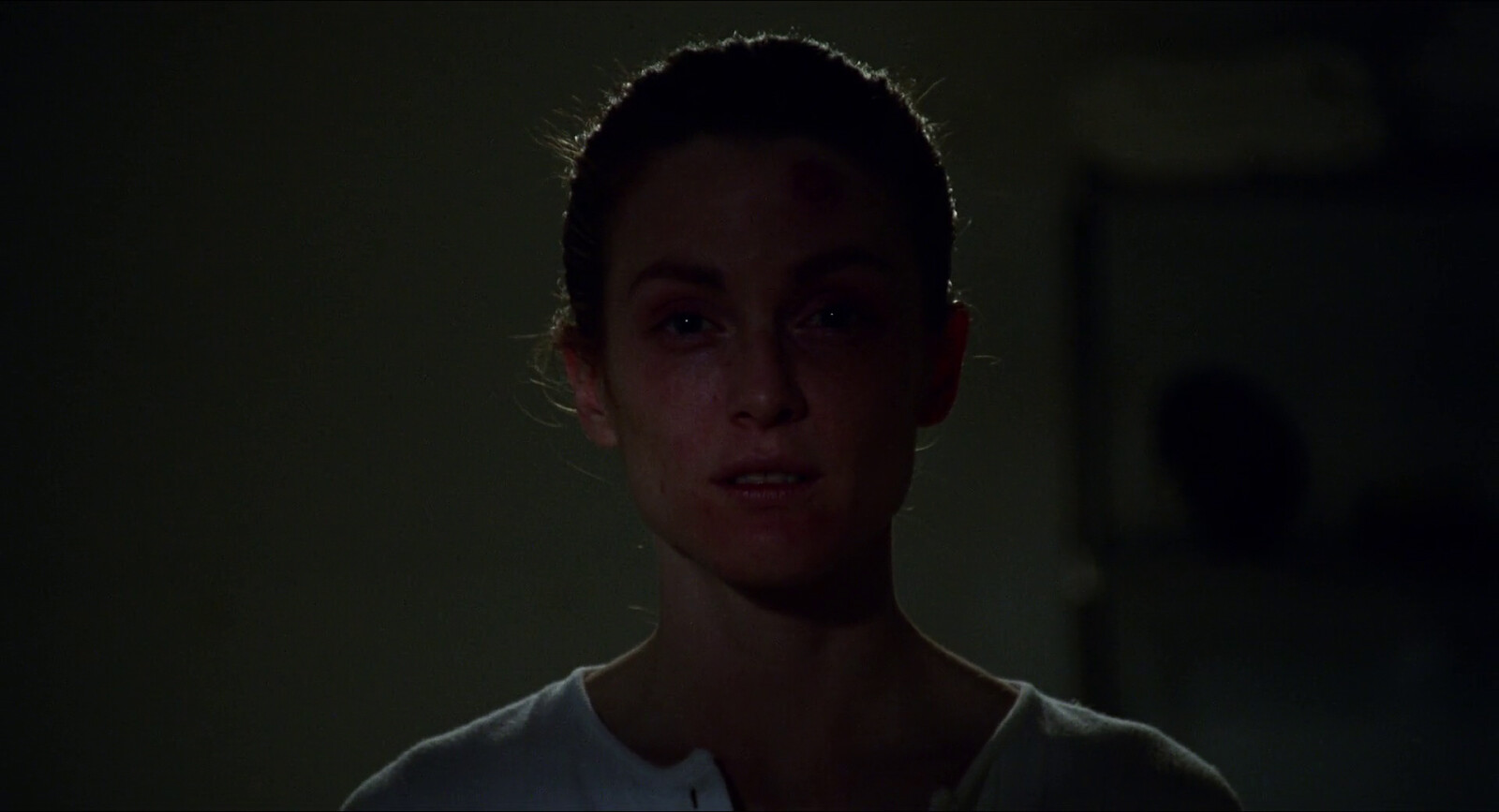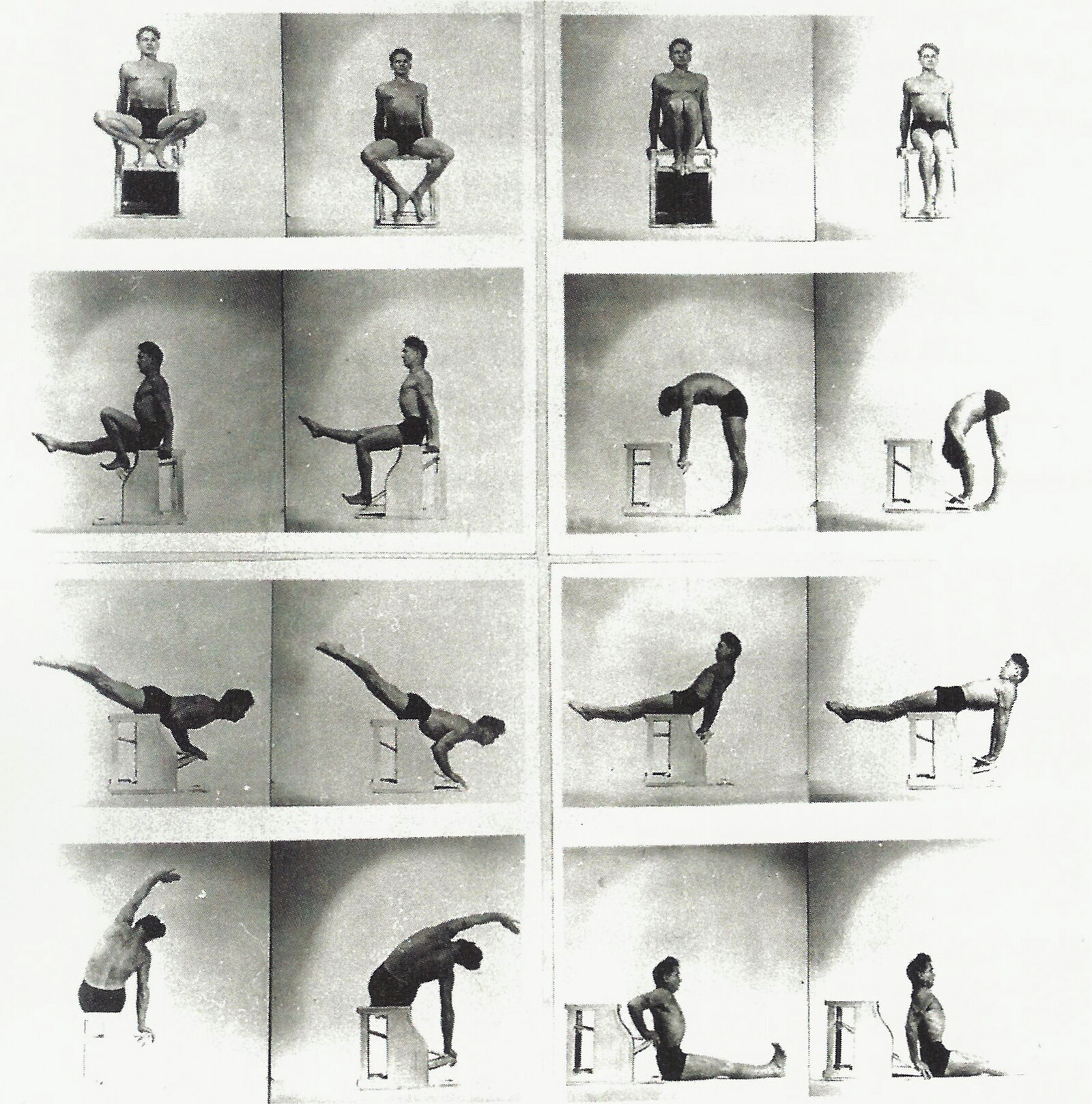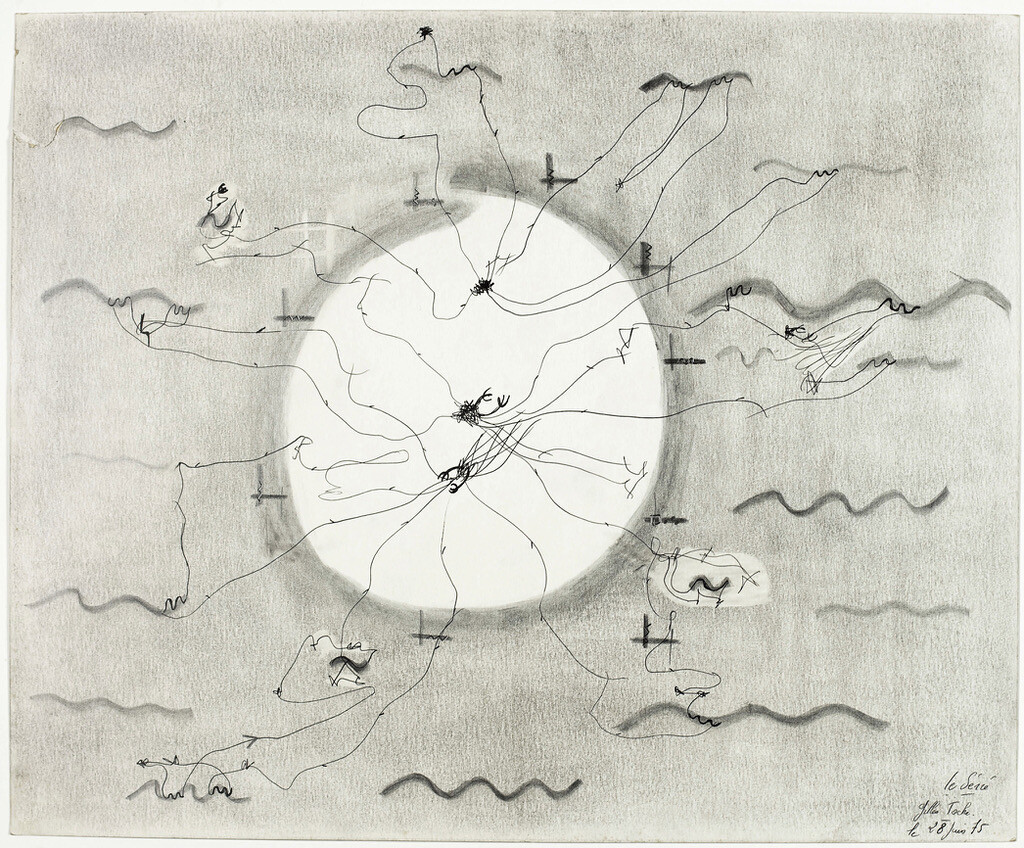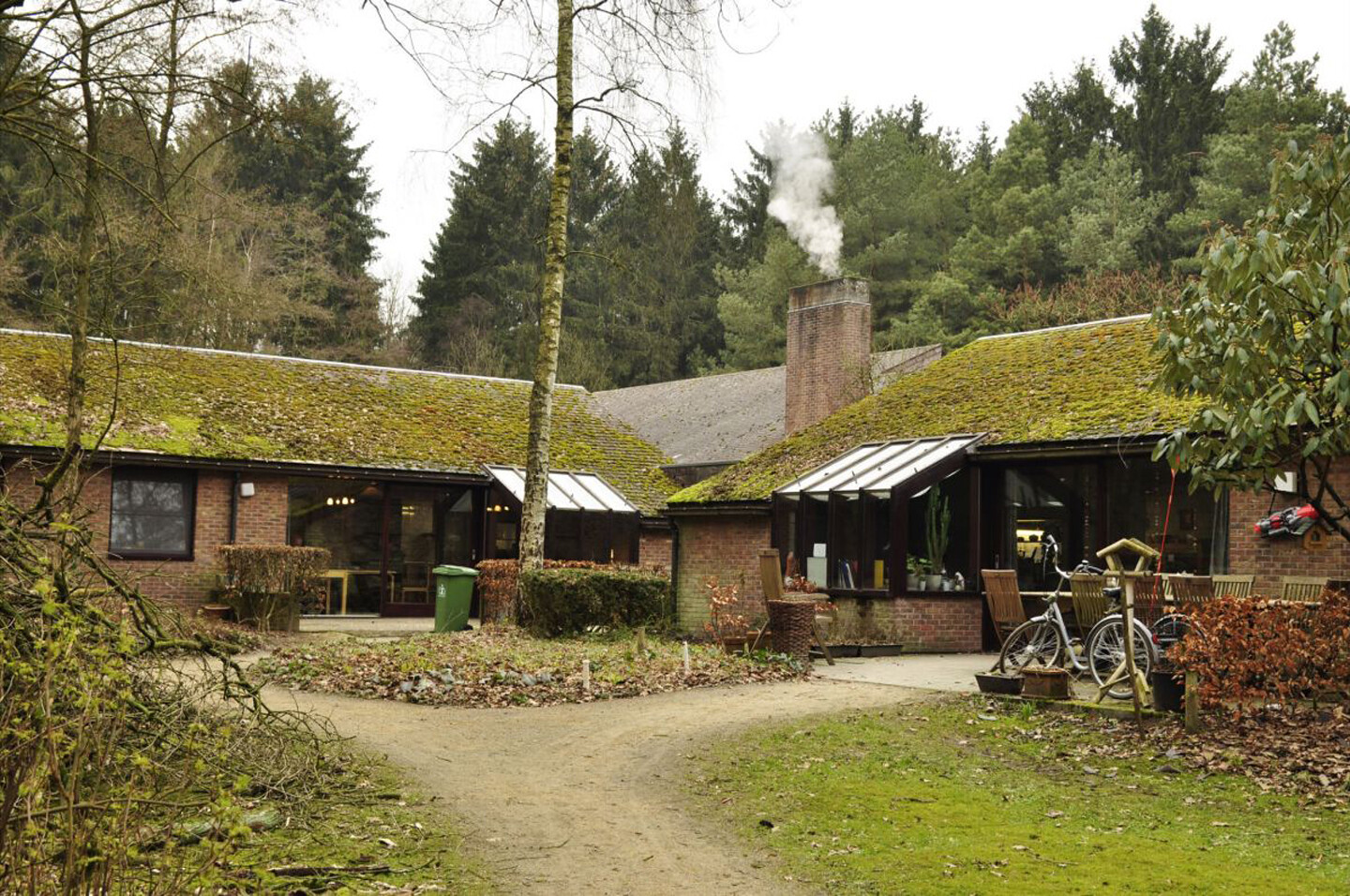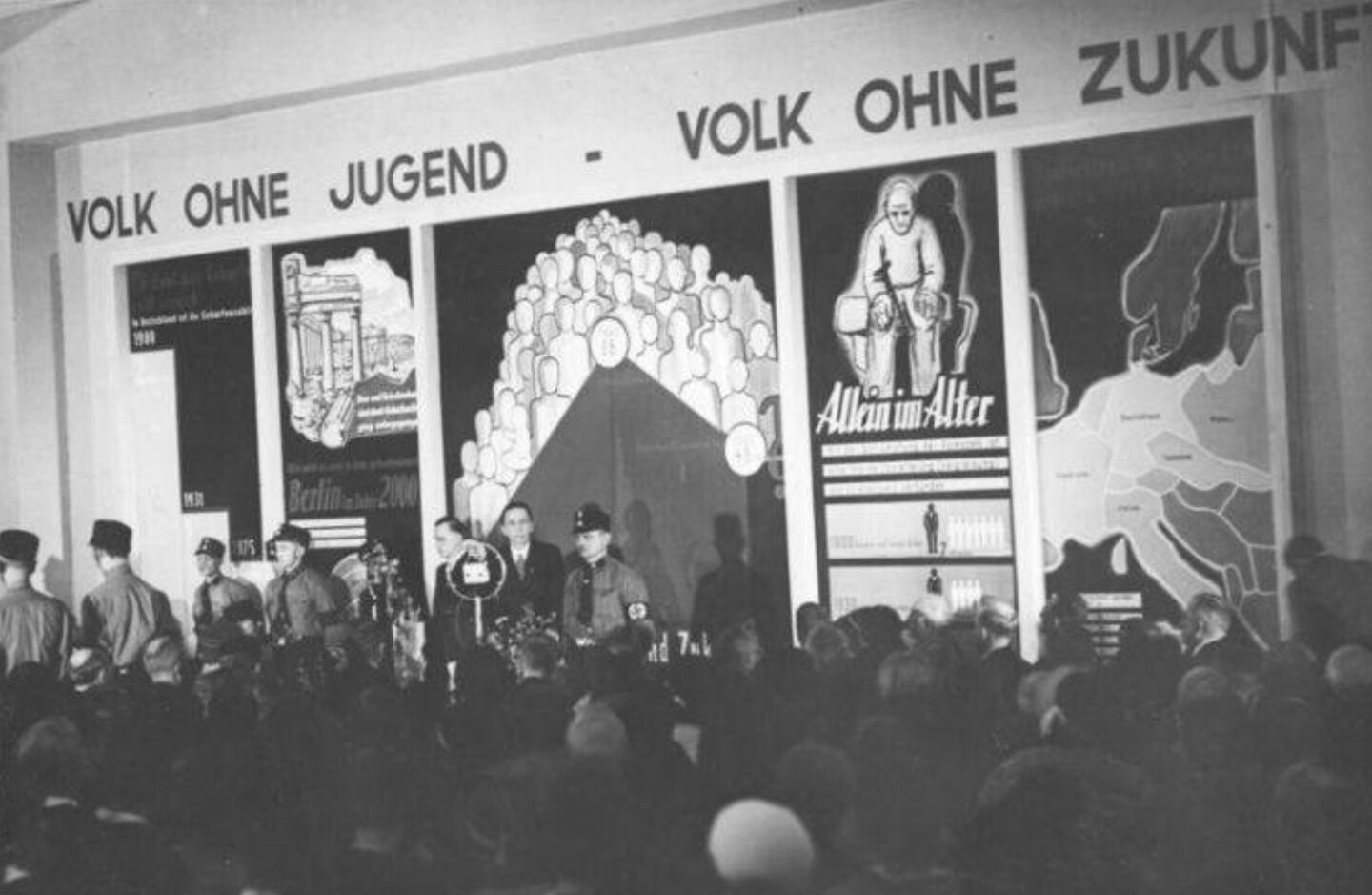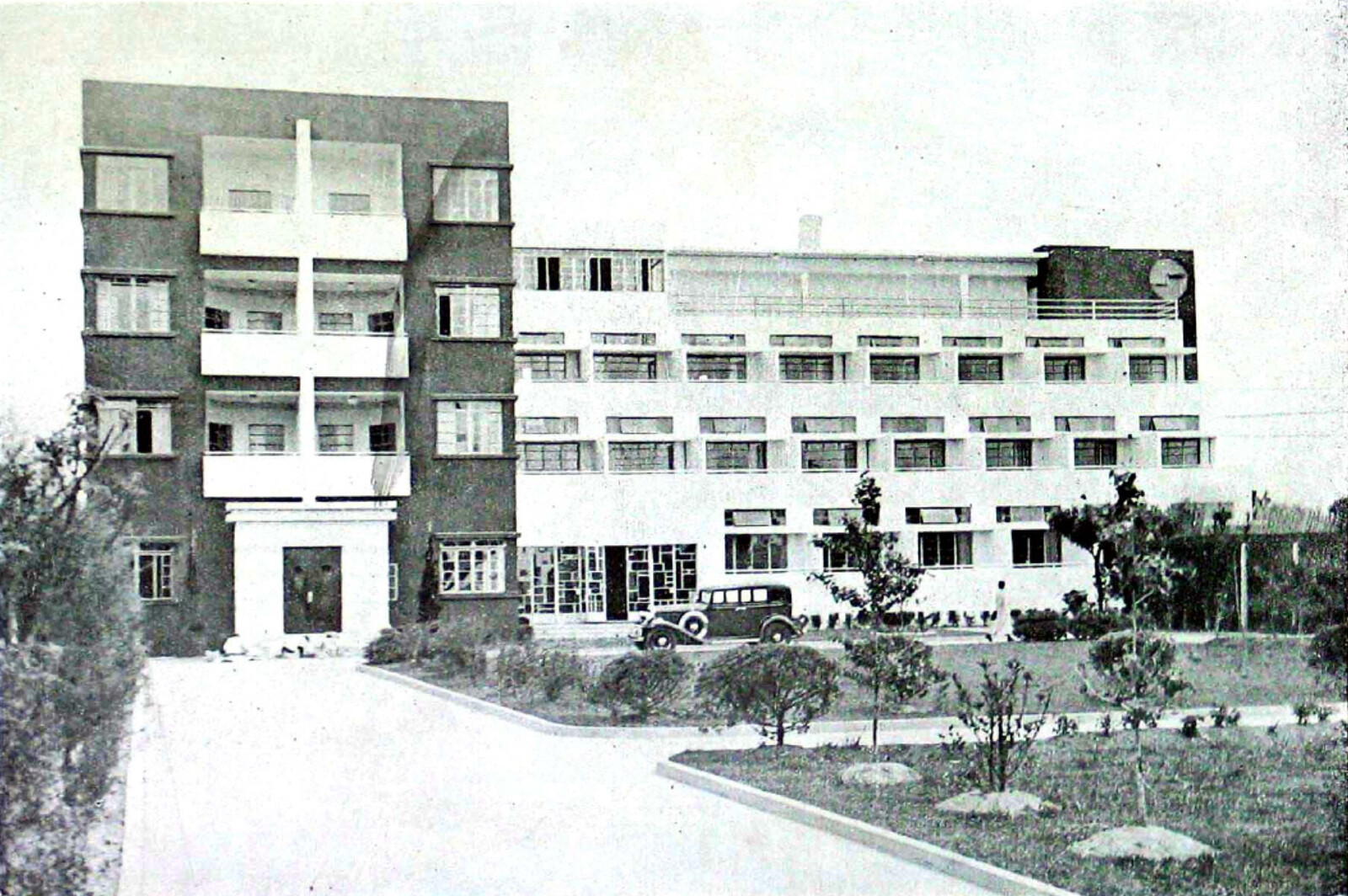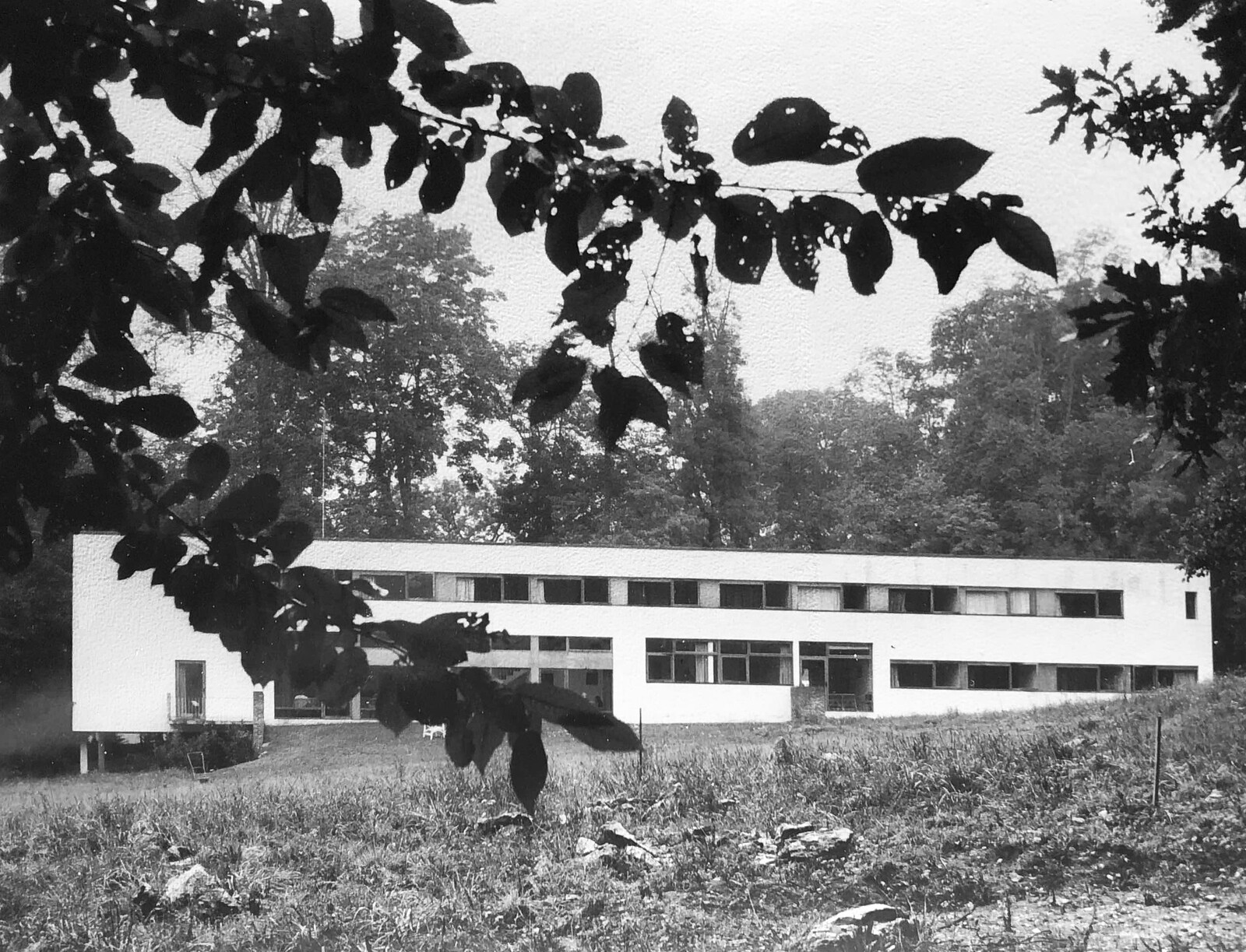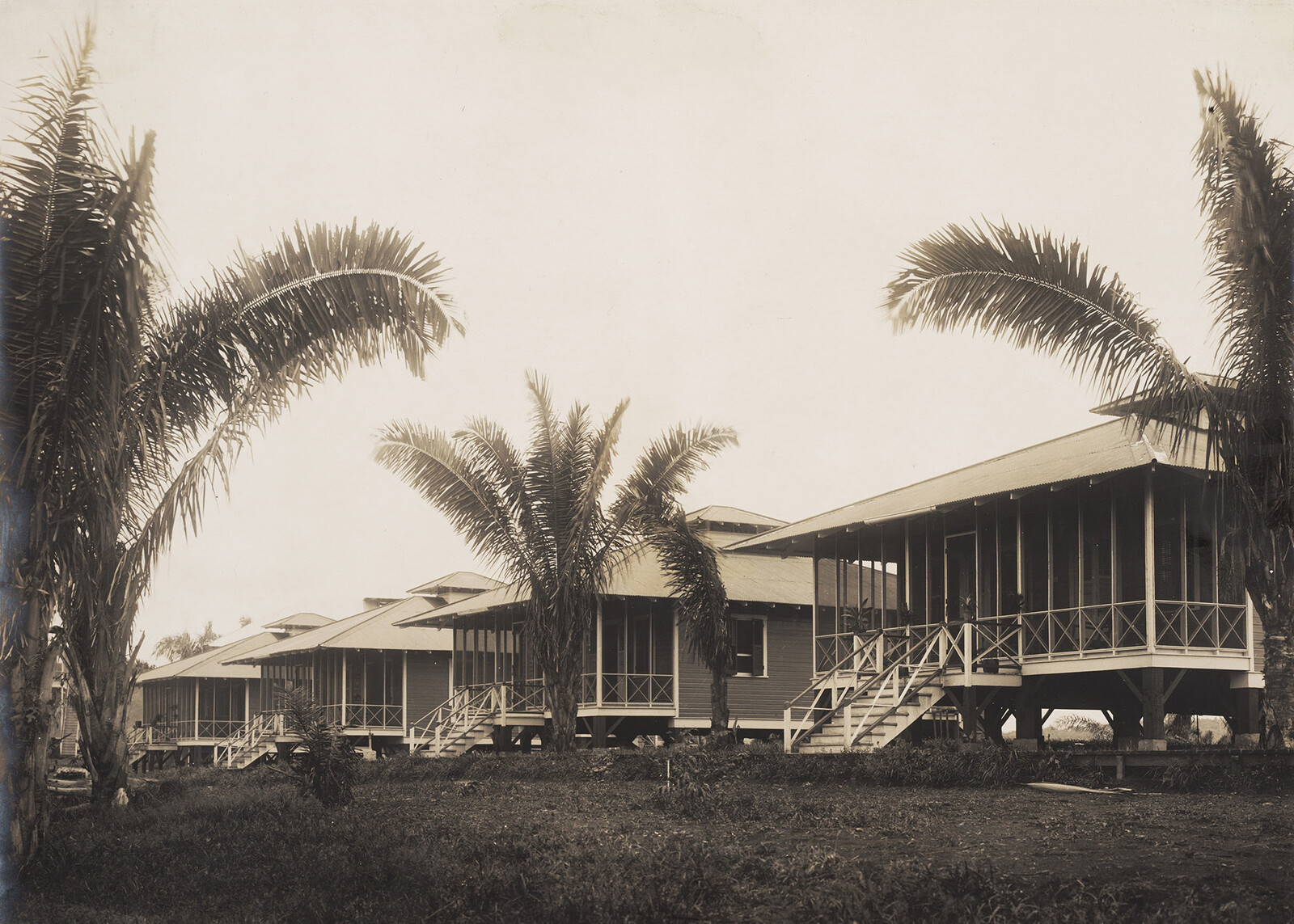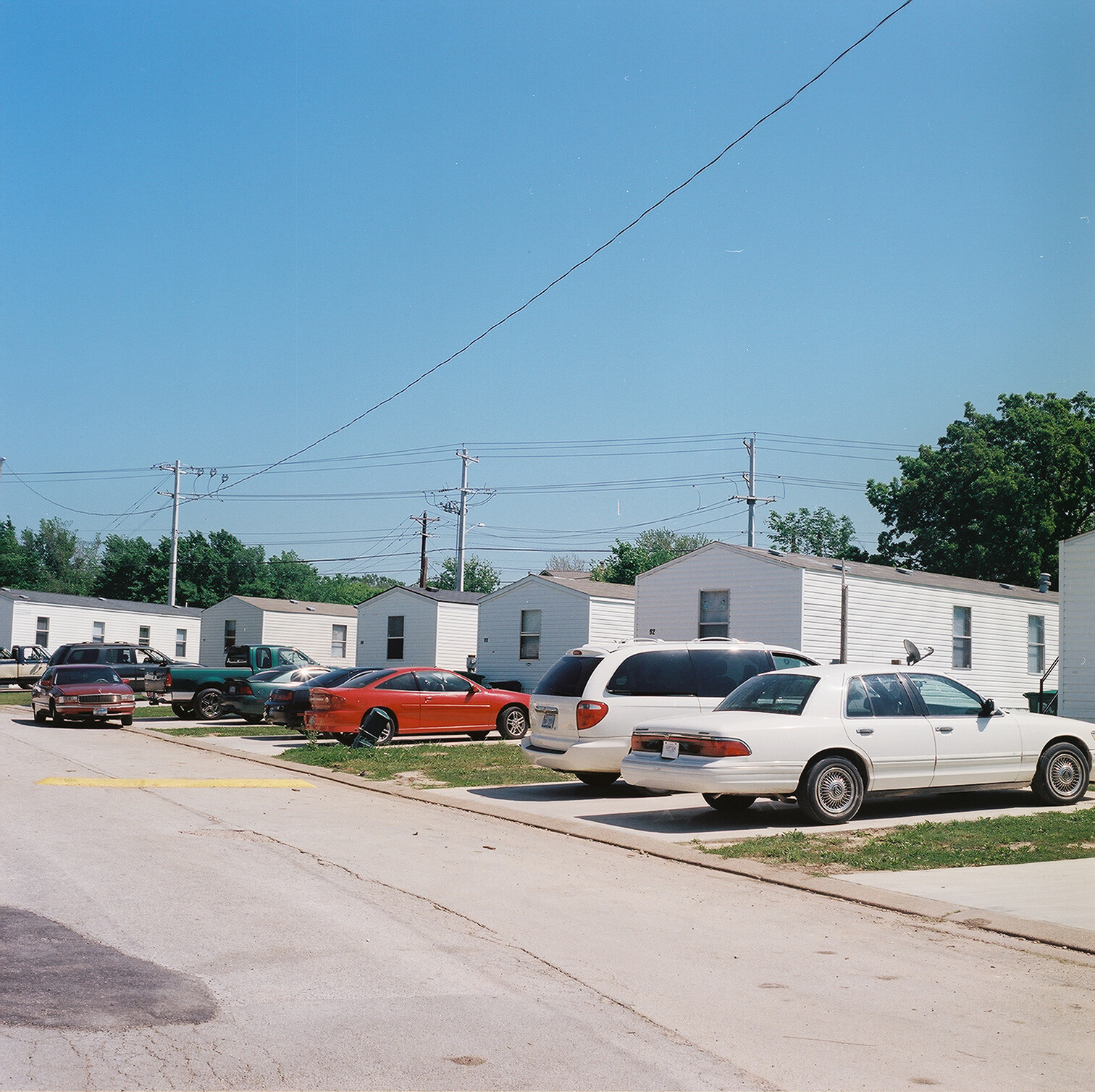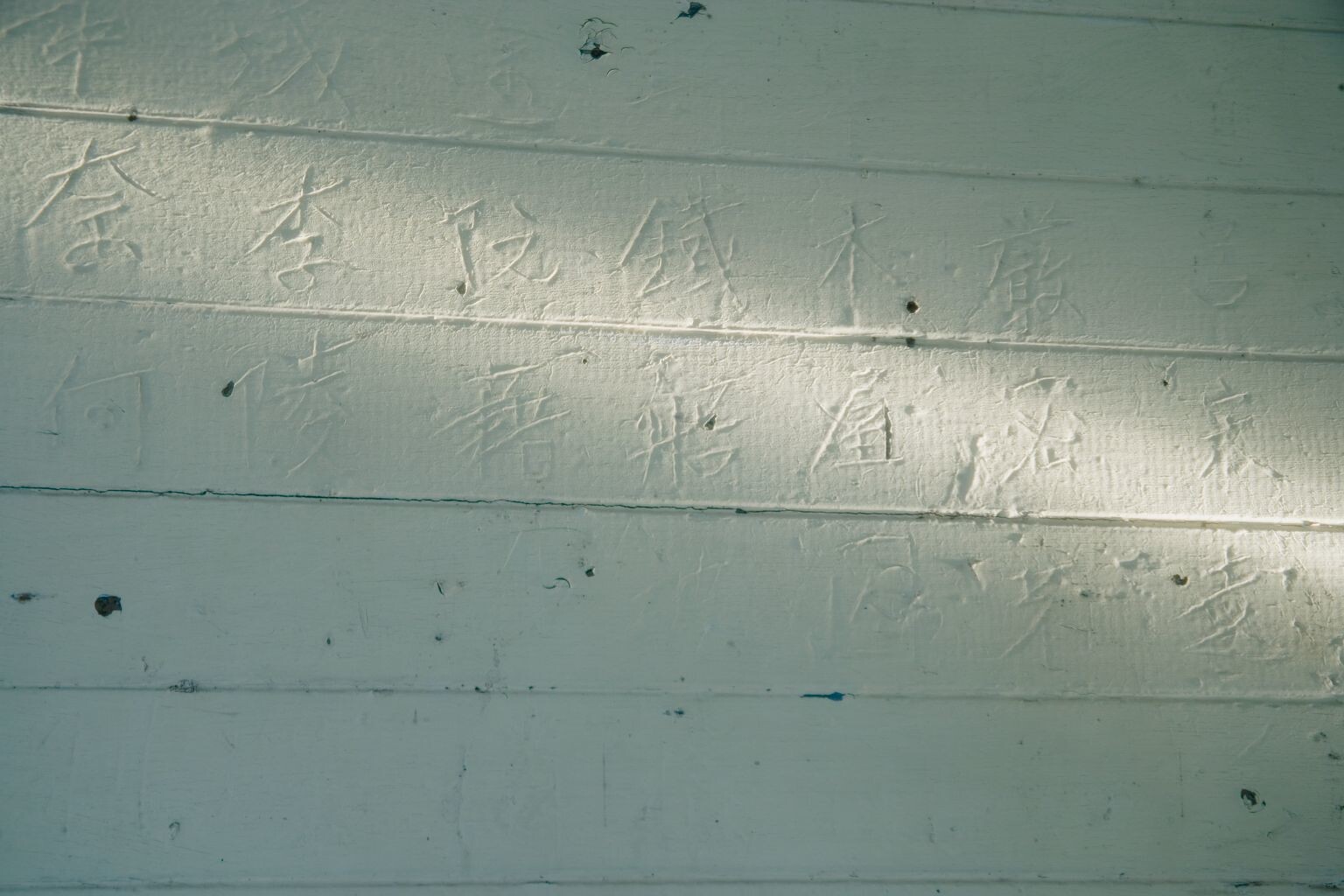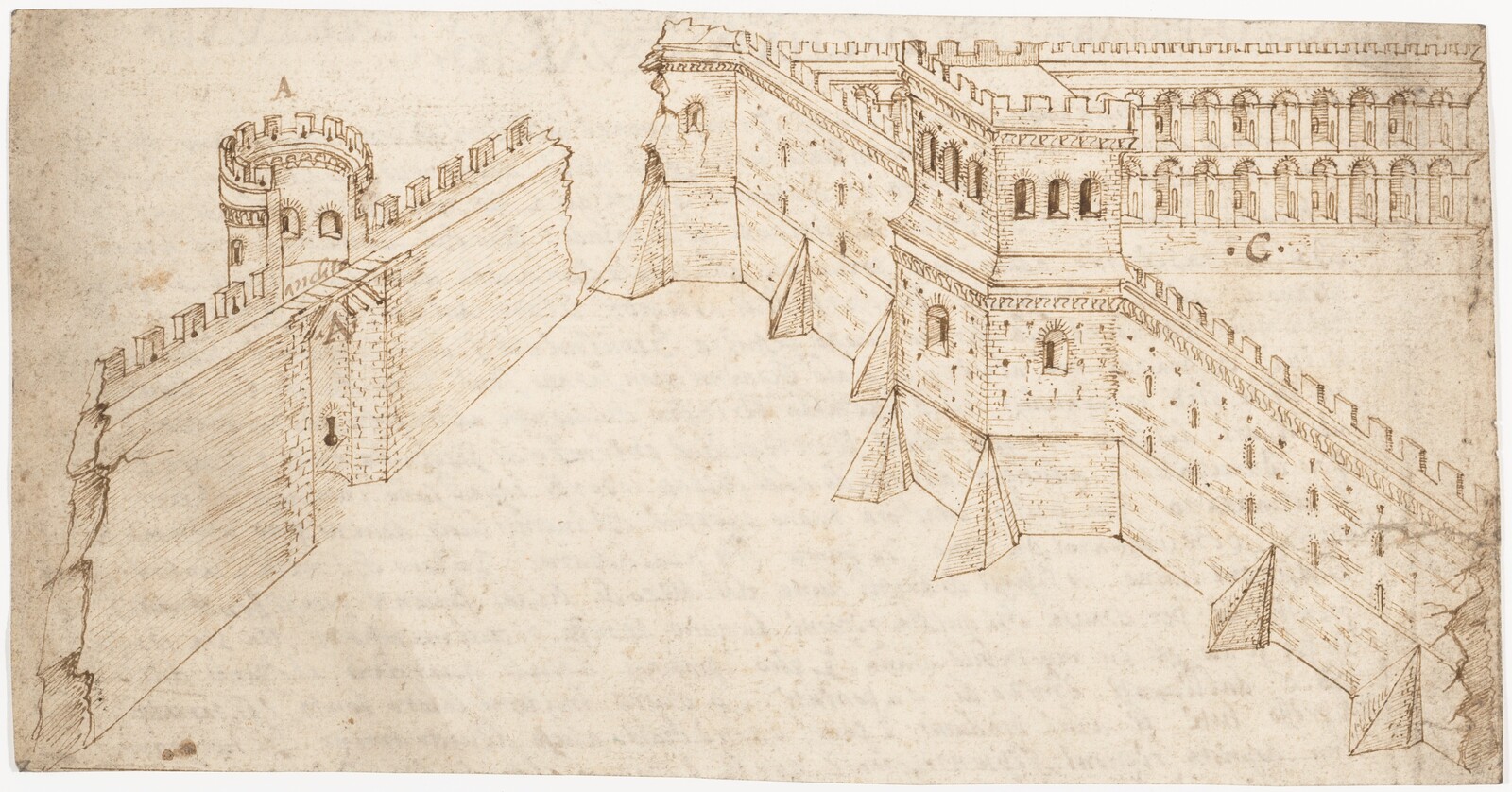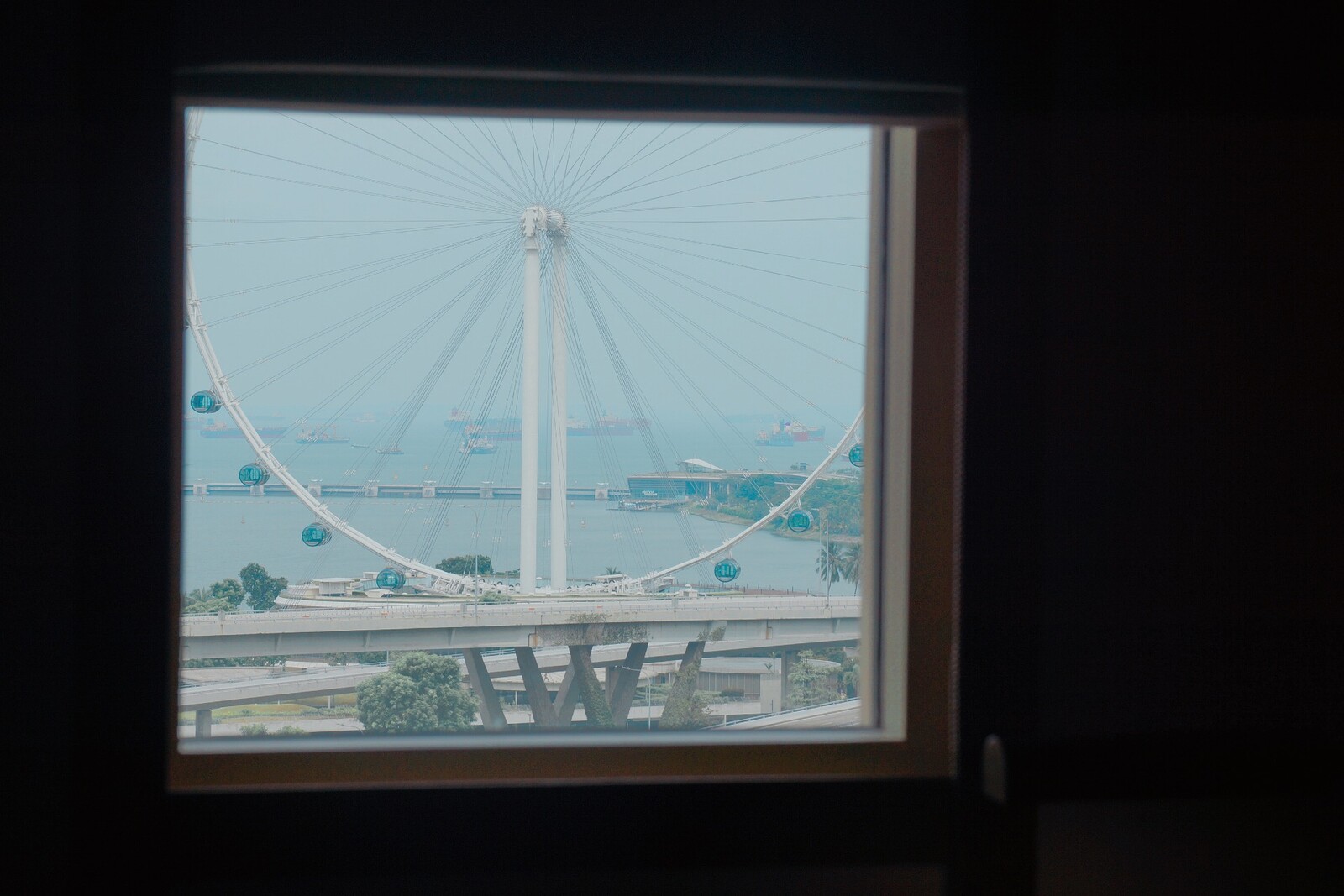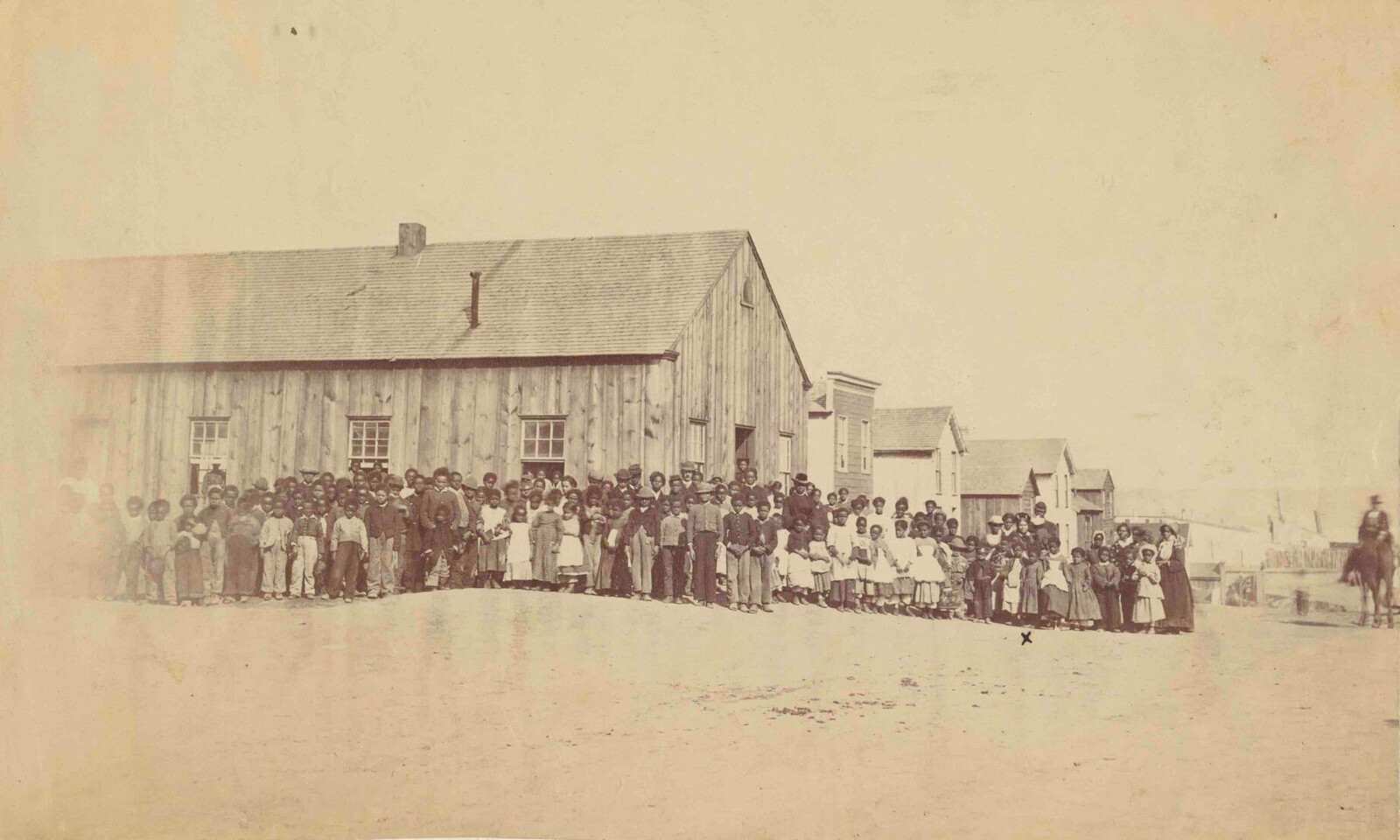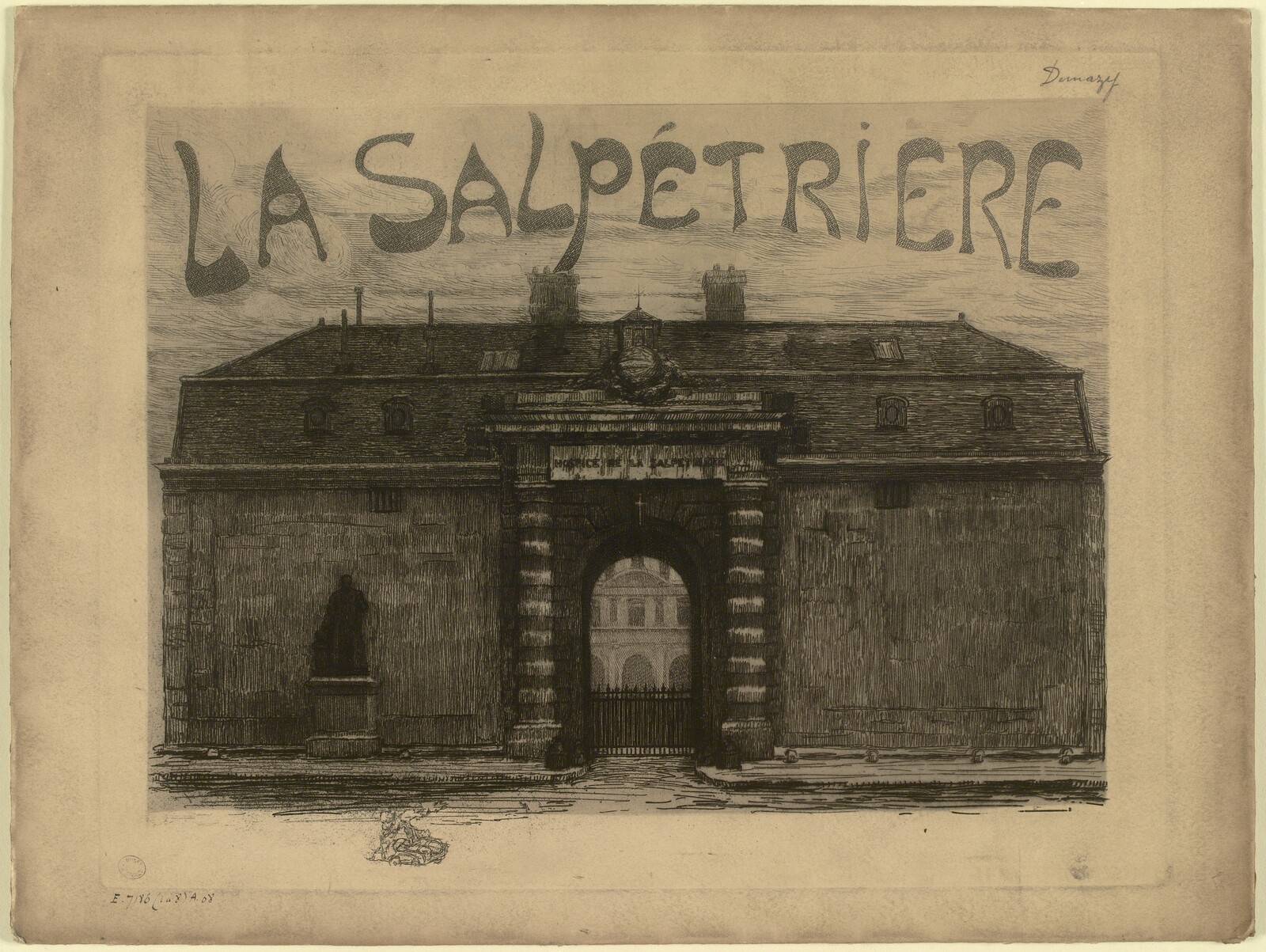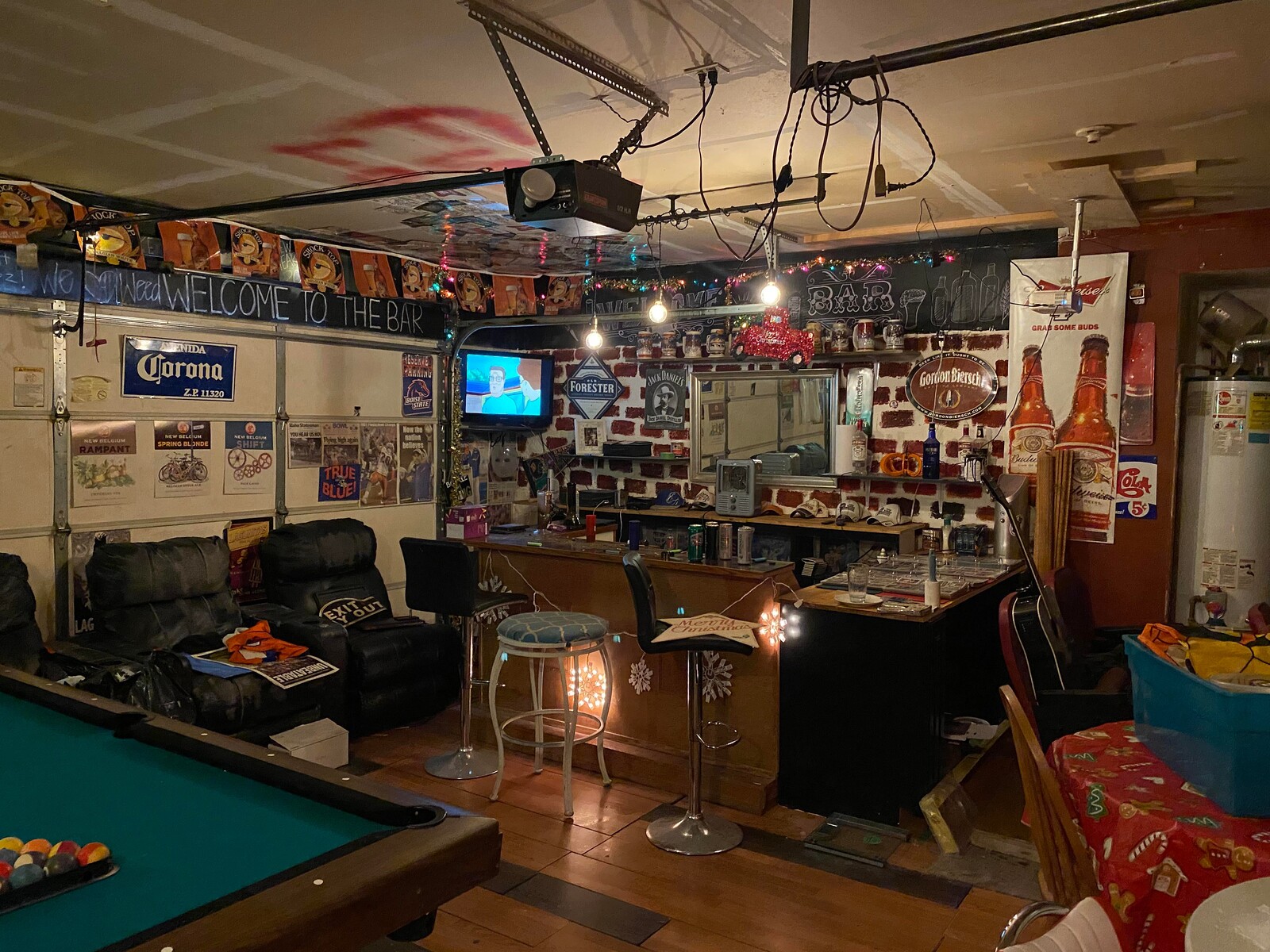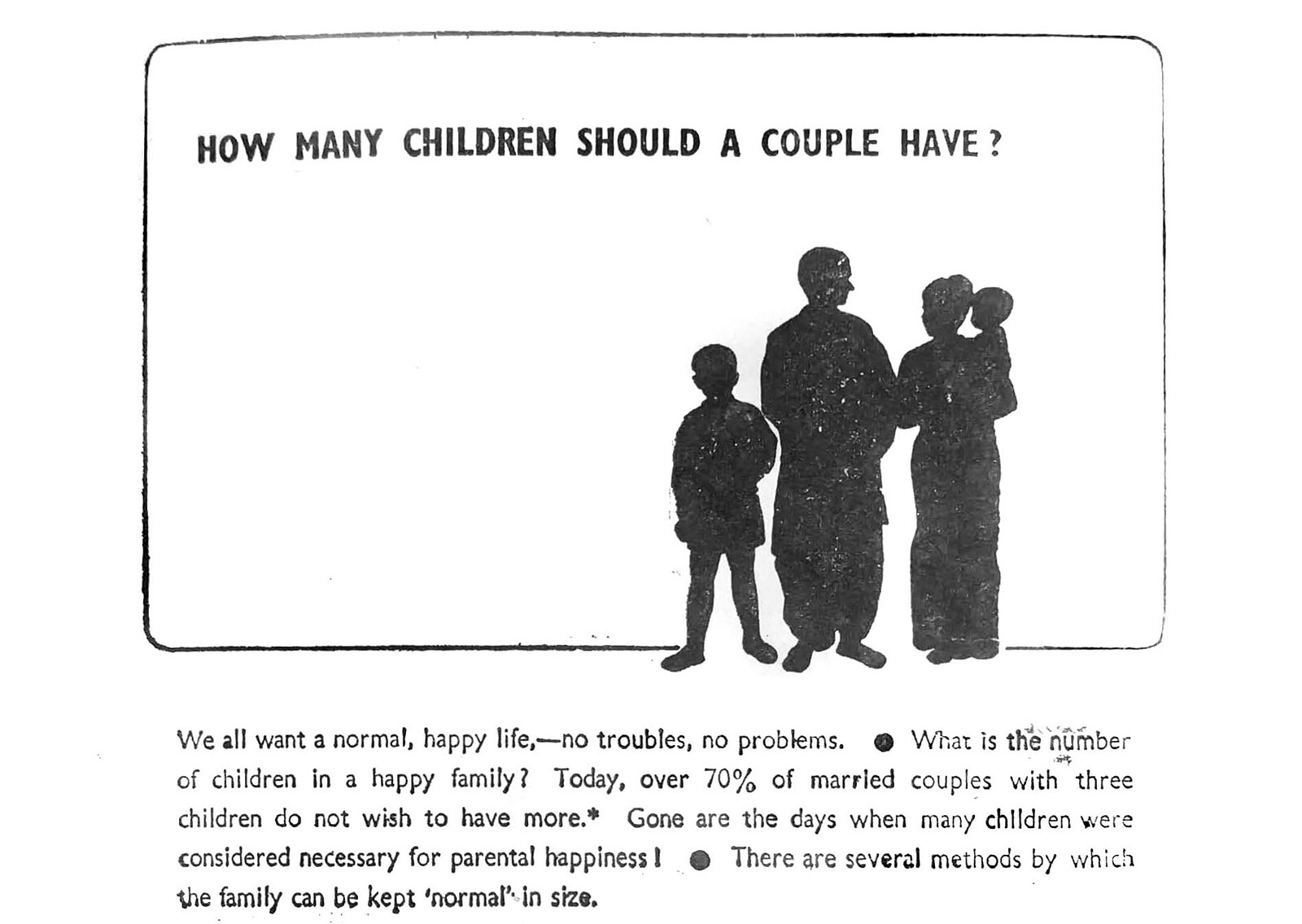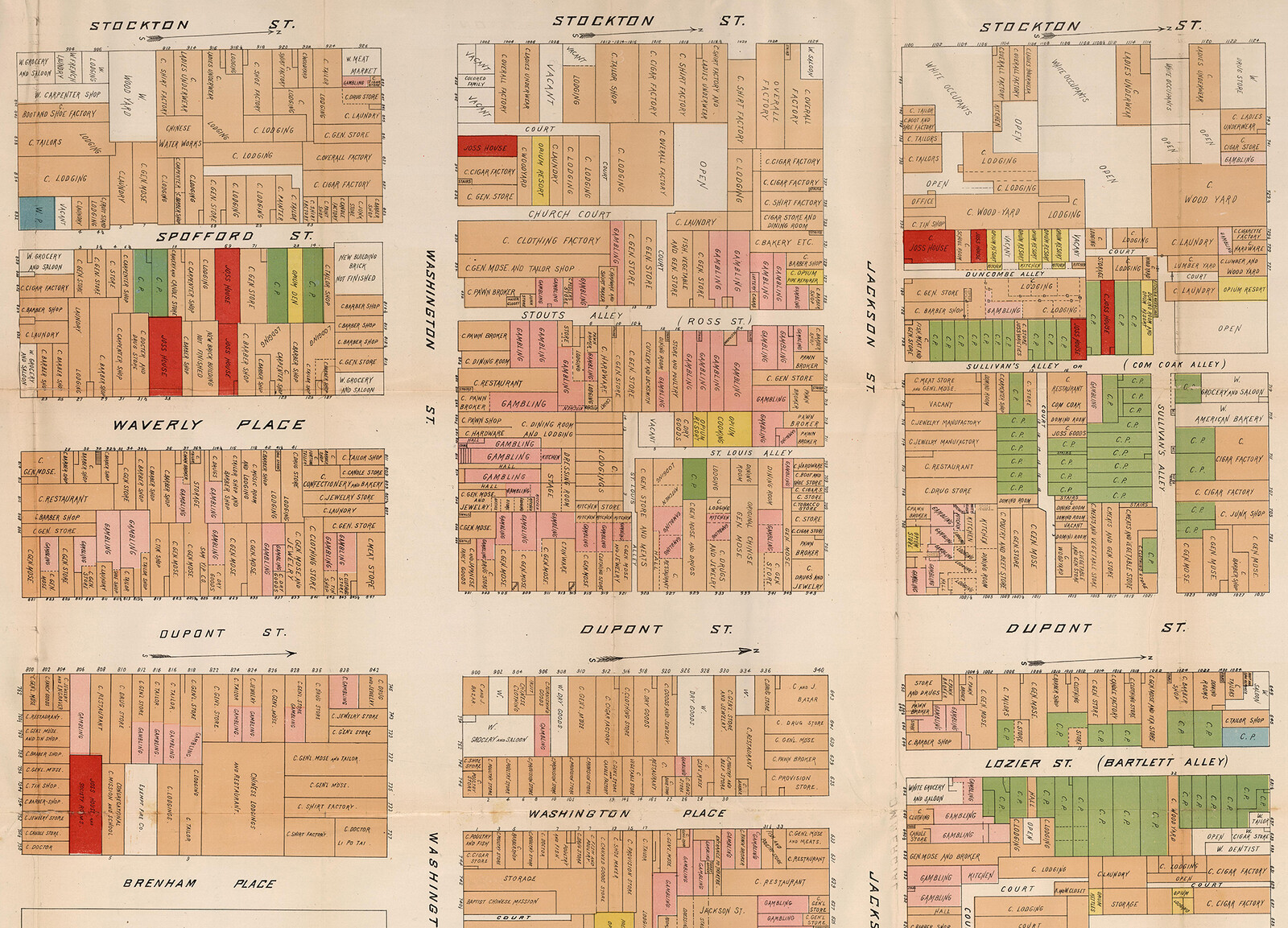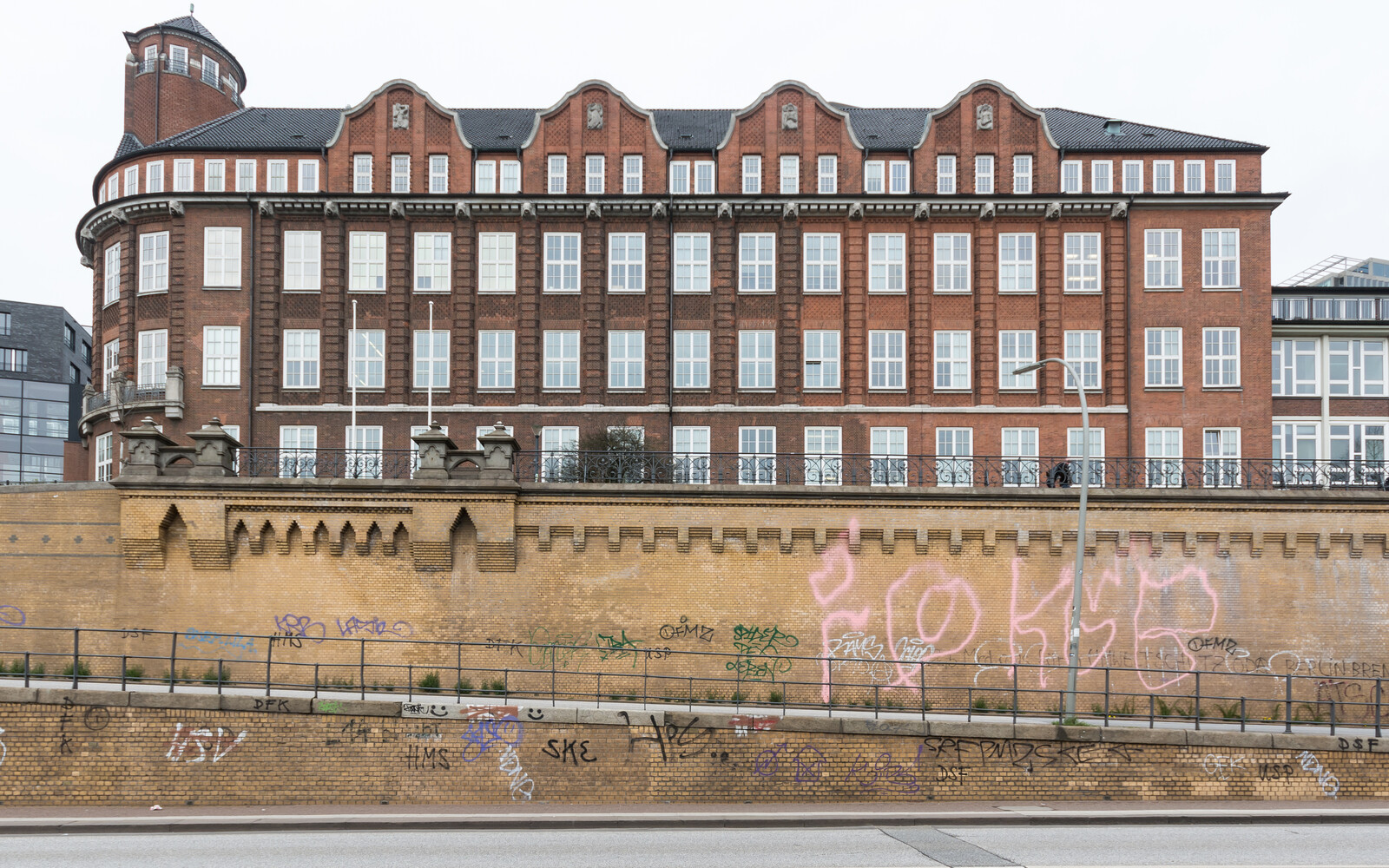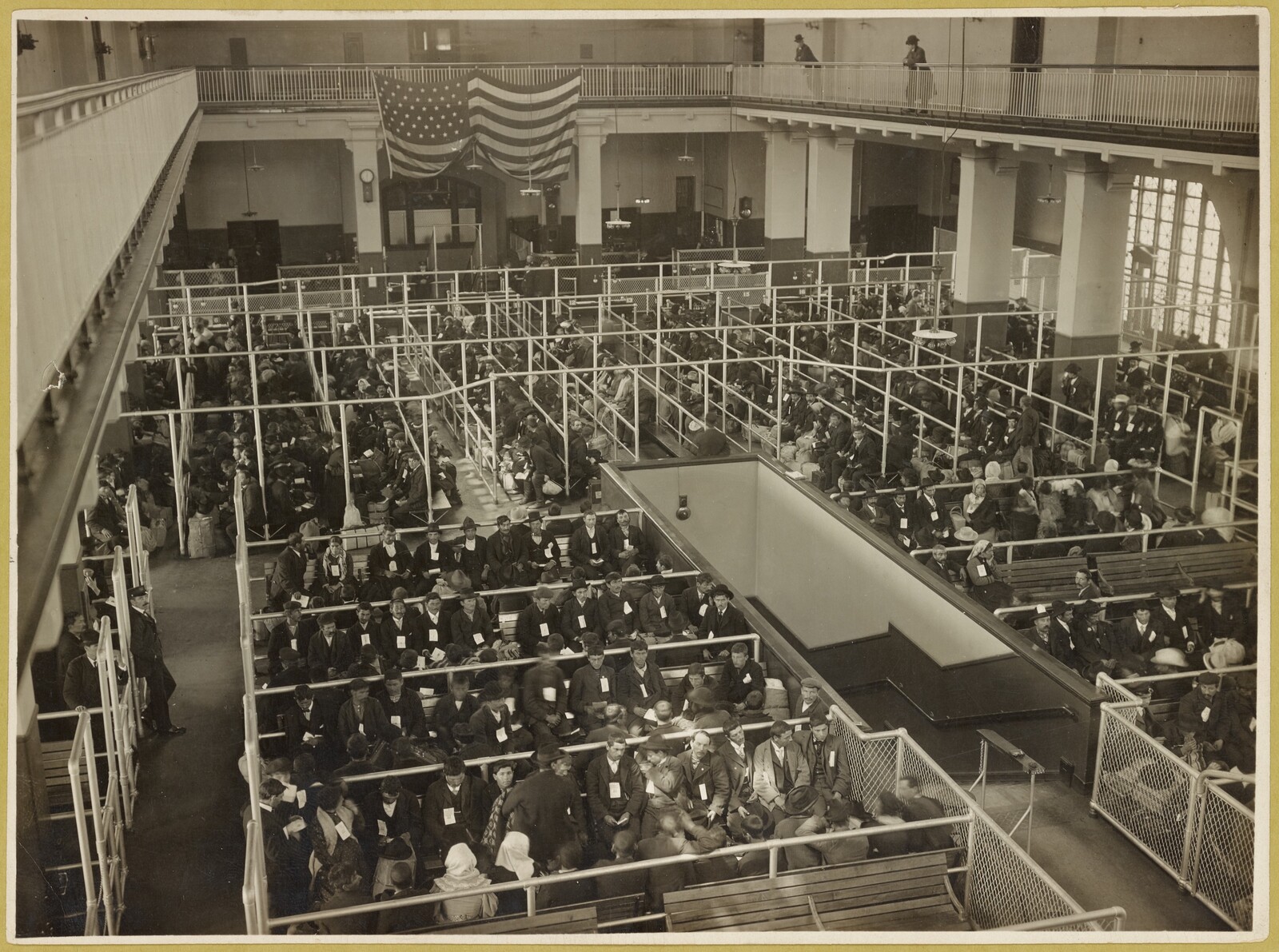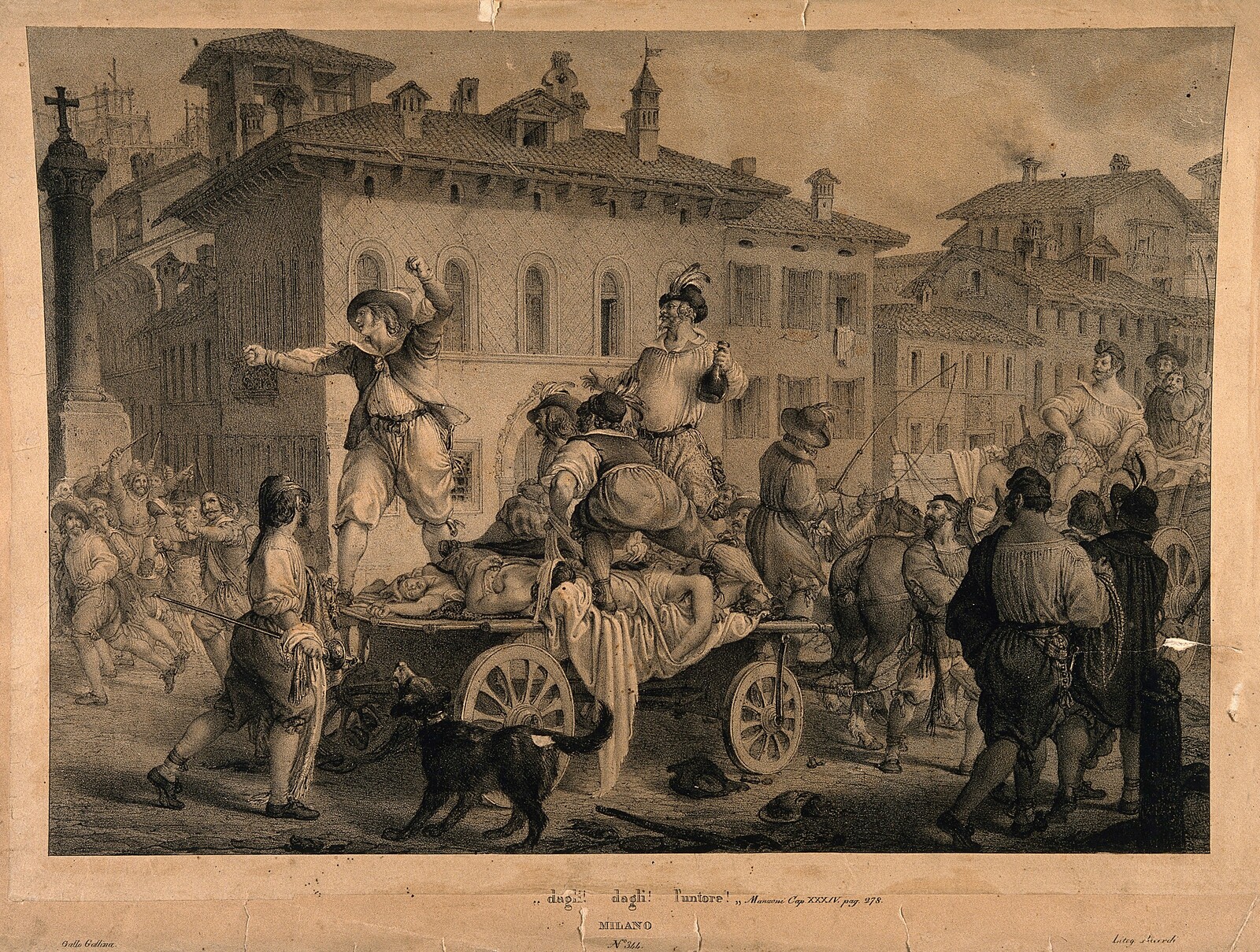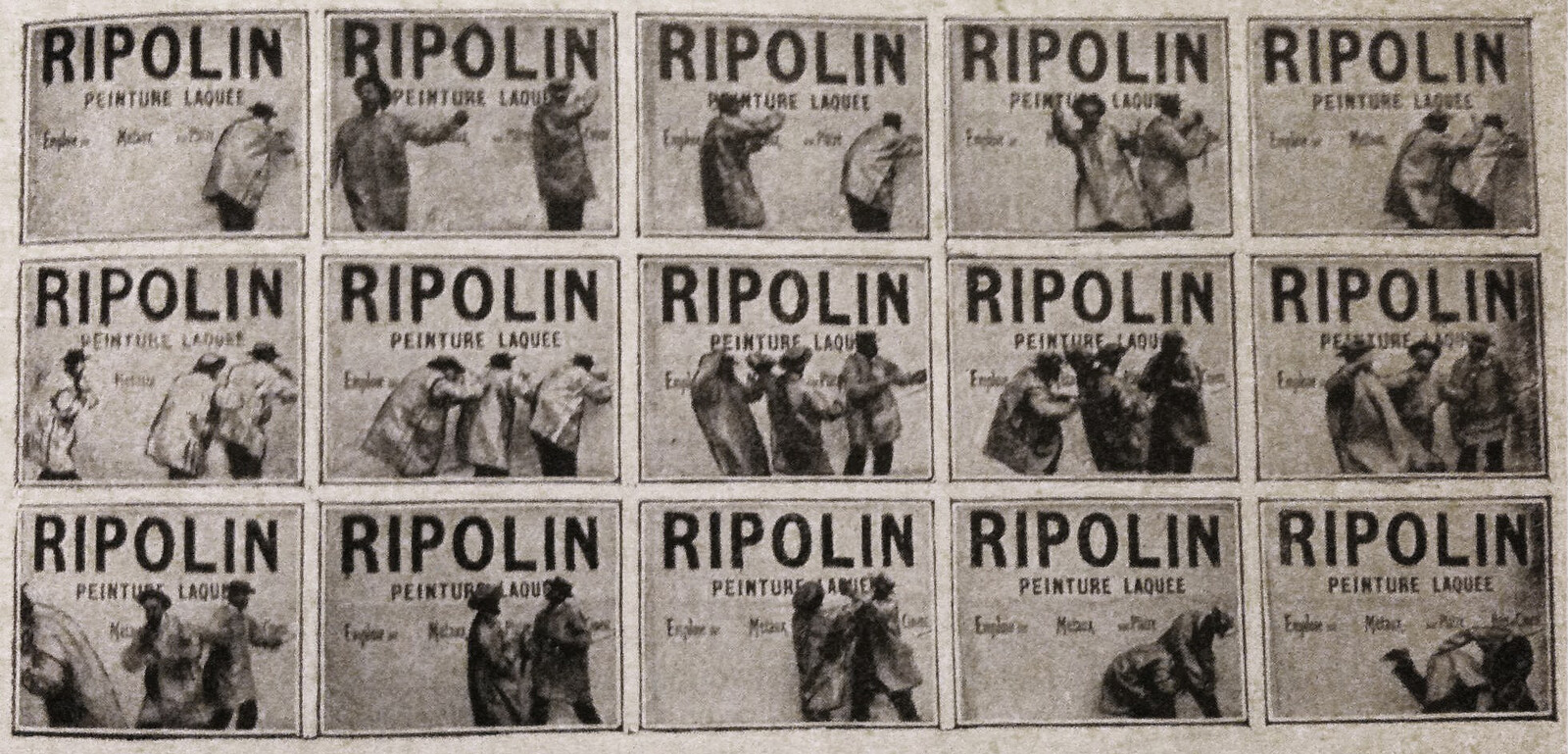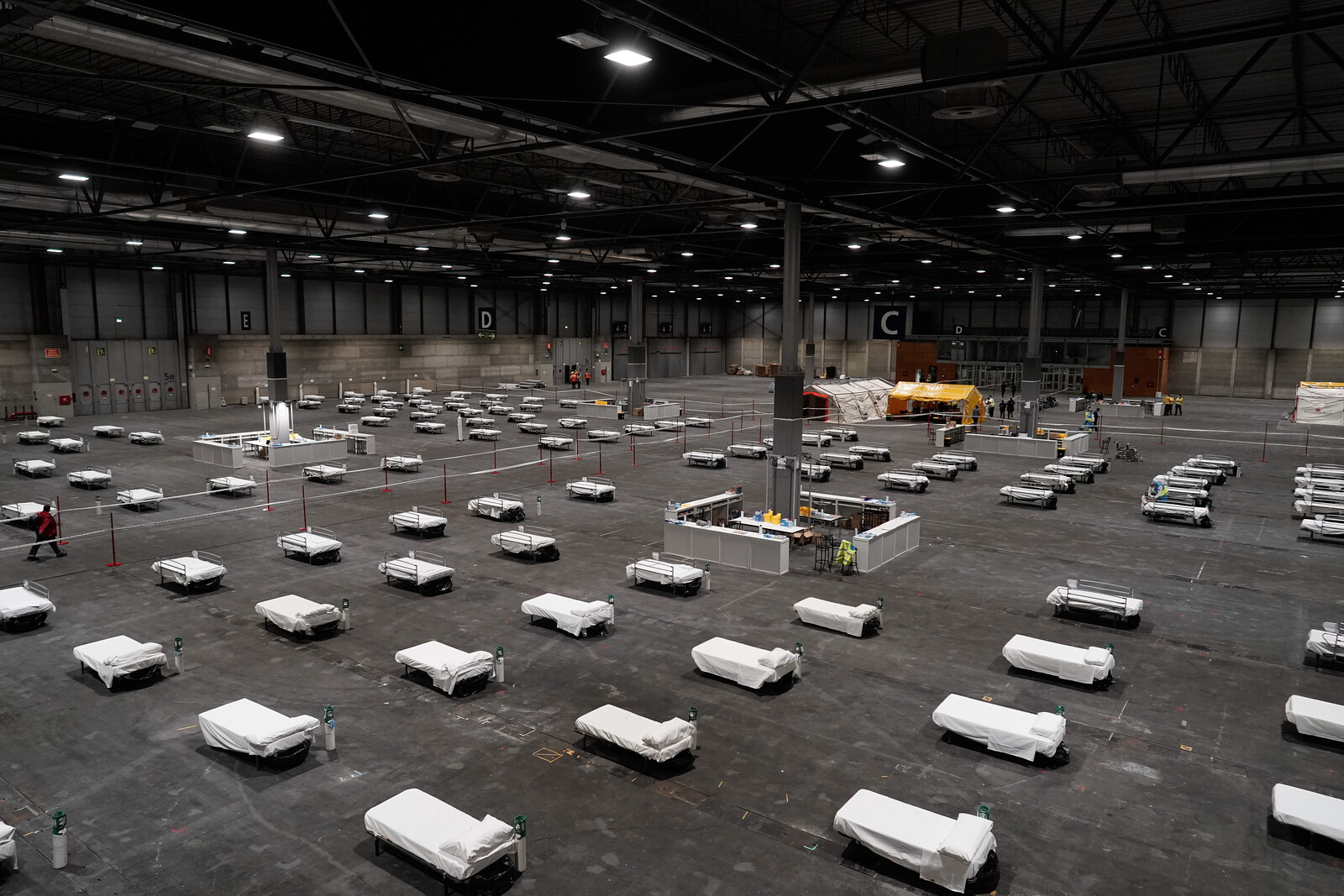Discussions of architectural form demonstrate how disability is negatively imprinted into the field of architecture. In architectural theory and the history of architecture, “form” typically refers to the physical essence and shape of a work of architecture. In the modern idea of form, it is a quality that arises from the activity of design and in ways that can be transmitted into the perceptions of a beholder of architecture. Form provides a link between an architect’s physical creations and the aesthetic reception of these works. It occupies a central place within a general understanding of architecture: the idea of the architect as “form-giver,” among many other turns of phrase, conveys the sense of some fundamental activity and aesthetic role of form within architecture, what architects create, and how people perceive works of architecture.
Recent writing on the topic of disability and architectural form focuses on the manner in which a building becomes alienating to disabled people by aestheticizing its inaccessibility. Critics of Thomas Heatherwick’s Vessel or the Hunters Point Library by Steven Holl Architects disparage these works because they express their inaccessible elements (in both cases, stairs) as central aspects of their formal meaning.1 By contrast, proponents of disability rights in architecture laud buildings such as the Ed Roberts Campus in Berkeley, California by Leddy Maytum Stacy Architects, or OMA’s Maison Bordeaux in Bordeaux, France.2 These buildings aestheticize tools of disabled access into powerful visual statements.
These examples suggest that form has self-evident qualities and relationships to disabled people. Presumably, the Vessel is alienating to someone like me, an amputee, because its form consists of interconnected and monumental staircases, while the Ed Roberts Campus affirms disabled experiences because its atrium contains a visually powerful tool and symbol of architectural accessibility: an enormous red ramp. This way of thinking about form and impairment, can be compared to late nineteenth and early twentieth century writings on the aesthetics of form. These latter writings demonstrate how the concept of form contains more invidious ideas about human capacities and their relationship to architecture—ones that cannot be addressed through the concept of accessibility alone.
Bodies of Form
The modern aesthetics of architectural form begins with the writing of the Swiss art historian Heinrich Wölfflin. In the late nineteenth century, Wölfflin concocted a concept of form tied to an anthropomorphic referent, but in a way distinct from earlier classical paradigms. In classical aesthetics, abstract human physical ideals such as the symmetry and geometry of the “Vitruvian” man, guided the physical properties of architectural beauty. By contrast, Wölfflin argued that the “form” of architecture is an experiential sensation that emerges from the “empathy” that arises between the body and mind of an individual and that person’s perception of a building. The kernel of this concept regards the ways in which knowledge of one’s own body becomes projected onto the particular expressive, psychological, and aesthetic power of architecture. For Wölfflin, such knowledge was attained in a totally physical and psychological manner.3
Wölfflin argued that because human beings must resist the effects of gravity to rise onto their own feet, they understand the same operative forces of resistance that keep a building from falling. This is the essential quality of “form” that can be perceived by a beholder and manipulated by an architect to some aesthetic effect: the building that rises, or resists gravity in an appealing manner—as in the “springing” stones of an arched space, or the swelling “entasis” of a column—does so because it causes a sensation within the observer. To put this another way, one of the ways matter—such as the building material of stone—is given expressive life in architecture is through the design and experience of its “form,” and a person’s ability to rise and stand gives the body form in an analogous way.4
Wölfflin’s aesthetic ideas were foundational to the practice and teaching of art history, and they entered into concepts about the education of architects in numerous ways that continue to this day. His idea of empathy and physiological resonance provided a framework and language through which to interpret the architectural past. In his own discussion of Gothic ecclesiastical architecture, he described how the “body” of a Gothic building “stiffens and pulls itself together.”5 By comparison, baroque architecture “swells” in a “muscular” and “open” manner. The aesthetic differences in architecture across history become differences in physical moods and comportment.
Those of us who were educated in the United States in the latter half of the twentieth century were often exposed to this way of thinking about architecture—even if the particular concepts and theories behind it were little discussed. In architectural history classes, for example, professors spoke about form in lecture halls while standing beneath large projected images of buildings. One of the more celebrated architectural historians in the United States, Vincent Scully, described buildings to his students through a language of physiology while enacting various physical movements: works of architecture “stood” and “extended” into a surrounding space; they “looked”—out or down—onto landscapes; vast interiors “expanded” like the chest of someone breathing; columns were “planted” like a foot into the ground.6 This way of understanding, seeing, and interpreting architecture also affected (and continues to affect) how students imagined experiencing buildings outside lecture halls and classrooms. One experiences the “rising” of a cathedral interior, the “leaping” components in a Renaissance facade, the “springing” of a floor or step underfoot as one climbs the stairs of a building.
The animated and physiological language of formalism has also dominated discussions of student and professional design work in the United States.7 Within a formalist vocabulary, the designer of a building expands and contracts space, manipulating the building’s mass and weight; their work could be animated with life, or held down by a sense of heaviness. Wölfflinian concepts of architecture encourage physicality as central to the activity of design not just in metaphoric ways, but also more directly. When I was a graduate student at Columbia University, for instance, a professor would have us pin to the wall pieces of drawing paper as wide as each of us could reach with both hands extended. Then, standing with our papers attached to the wall in front of us and pieces of charcoal in our hands, we were encouraged to express our bodies into drawings of imagined architectural spaces.8
In addition to such expressive exercises, the tools of design—formal analysis, abstracted diagrams, figure/ground drawings, and so on—drew out the physical shapes and interactions of architectural works. The physical way of thinking about design inherent to these tools has not disappeared with the use of digital tools. A visitor to any architecture school in the United States today is likely to encounter people who use physiological language about form, although the words have changed. Today, one hears about “posture,” “slouching” form, or the “fat folds” of a student’s architectural design. The type of physicality, but also aesthetic judgment of bodies and their character—inherent in a Wölfflinian idea of aesthetic experience and history—permeates the work of apprehending and designing architecture.
The Aberrations of Form
If the forms of architecture were experienced, narrated, and designed through processes of physiological empathy, then Wölfflin and his followers also accounted for the manner in which a range of human physiological factors might be projected into architectural aesthetic experiences. In his first writings on empathy, Wölfflin discussed the way that formal symmetries and tensions within architecture recall physical normality, differentiation, and disfigurement of the human body.9 The empathy one feels and that enables one to sense and appreciate architectural form extends from the gravitational forces acting on both buildings and human beings to the corporeal makeup of individual human bodies. For example, Wölfflin argued that slender people tend to prefer buildings with slender proportions, while stocky people are drawn to buildings with greater mass.
His discussion of the corporeality of architectural forms also extended to physiognomic concepts—in which one sees features of human faces within built forms, such as the windows and doorway of a house.10 Wölfflin argued that the appeal of architectural symmetry is due to the inherent symmetrical structure of the beholder, who “expect[s] to find symmetry in every structural body.” He speculated that deviations from symmetry in architecture create unease because they evoke disfigurements of the human body and its form—such as amputations and “mutilated” limbs. Wölfflin’s language of empathy, with its roots in medical science, was entangled with ideas regarding normativity and deviance.11
The resonances between physical aberrations and architectural aesthetics were also explored in provocative thought experiments by Wölfflin’s contemporary Adolf Göller. In examining his own concept of resonance, Göller argued that human physicality is elaborately and mechanically entangled with aesthetic perceptions. To emphasize this, he turned to an elaborate (and overwrought) thought experiment in which he imagined beings with fantastical physiologies that would engender entirely unique aesthetic sensibilities. For example, he wondered if creators and beholders of artistic works with “the legs of a stork” or abnormally “long forearms” would create works that resonated with their physical perceptions and physiology. In turn, these characteristics would be appreciated by similarly endowed beholders, because they would see their bodies projected into the artistic world.12 The beauty apprehended by a beholder is ultimately a type of innate knowledge of the physique carried by the beholder.
What was a thought experiment for Göller evolved into far more controversial aesthetic theories linking physical aberrance, environment, and race to the visual quality of art and architecture. The belief that human beings have different physicalities related to racial difference and tied to geography and environment inspired a racialized concept of architectural aesthetics. Wölfflin himself provided a pathway into this way of thinking within his earliest writings on architectural aesthetics. For example, he argued that the decorative features of North African ornamentation reflect the “hot-blooded breath” of their makers. Rhetorically, he used language that blurred the line between anthropomorphic and architectural description. He wrote about the Gothic “pointed nose” and “broad forehead” evident in cathedrals, further blurring the description between a person and building. His concepts regarding the physiological transference of human experience, and even dress, and its connection to architectural aesthetics would inevitably be connected to art histories with a more overt racialist direction.13
One of the more infamous proponents of this type of writing was the German architect and art critic Paul Schultze-Naumburg. His 1928 book Kunst und Rasse (Art and Race) explored how the aesthetic sensibilities of a work are ultimately the product of the mentality and physicality of its maker.14 For Schultze-Naumburg, biology, mentality, climate, environment, and personhood combined to create an advantageous or disadvantageous aesthetic culture. In a comparison of farmhouses in the German countryside, he extended Wölfflin’s ideas into physiognomic interpretations of the buildings’ formal composition. One farmhouse that appeared to have been built all at one time by one builder and was well integrated into its surroundings was judged to be the product of a single and good race. Another farmhouse that appeared more modern, more ad hoc, and inspired by Mediterranean architecture was said to be lacking in “noble physique.”15 In his writing, Schultze-Naumburg gave the Wölfflinian ideas of empathy an extraordinary role: modernist art and architectural forms became the expressions of the “degeneracy” of their makers—what he referred to generally as “human mush” and more specifically as “the downfallen, the sick, and the physically deformed.”16 More disturbing, Schultze-Naumburg ended Kunst und Rasse with a call to eliminate from a transforming and threatened Germanic culture all those “devoid of physiognomy” and “incapable of giving shape.”17
Disability against Form
Architectural forms can evoke ideas about capacity, disfigurement, and impairment, but the idea of architectural form itself was also defined in opposition to disability. This feature, central to a Wölfflinian aesthetics, remains largely unexplored. The idea of form relies on the potential human physiological and psychic resonance and tension that exist between a work of architecture and its beholder. “Form” describes more than a building’s shape or any essential architectural quality. Form is an aesthetic concept—an experience and relationship—inspired by psychology and physiology, regarding how human beings relate to architecture and art. For Wölfflin, architectural form draws its experiential power from human beings’ understanding that they also have physical capacities—in this case, giving life to their bones and flesh by standing and moving. Form is basically matter that has come alive and is “formed” into some figure.
In addition to this way of equating form with a type of physical capacity, Wölfflin hypothesized an opposite state to having form, which he called “formlessness” (in German, he used the term Formlos).18 This physical state of being without form is not the same as simply lacking physical definition. Formlessness is analogous to incapacity. Wölfflin argued that it is a quality of being physically unanimated and/or exhausted of energy. He described it as the depletion of the human body’s “vital energy,” “irregular” breath and “wheezing,” as well as an “imbalance” that potentially “collapses” the body into a state of “depressed” “formlessness”—a striking image in the time of Covid-19.19 Formlessness, in Wölfflin’s logic, is an affliction of musculature, lungs, and artifacts.
Since Wölfflin wrote his essay, “formlessness” has gained additional meanings within the fine arts and architectural aesthetics. Schultze-Naumburg, Georges Bataille, and Rosalind Krauss and Yve-Alain Bois have used the term in their aesthetic theories.20 Wölfflin’s concept of formlessness relates to these more contemporary usages, but it is ultimately more physiological: formlessness is essentially incapacity—a type of exhaustion that keeps figures from rising. In Wölfflin’s language, a person rendered formless is a person attempting to but unable to stand and give their body individuality and life. Formless architecture is architecture unanimated with this will and desire to confront gravity. For Wölfflin, formlessness is matter without the qualities of life, and thus without anything resembling an aesthetically desirable quality itself.
From Wölfflin on, the idea of form and its perception has involved a type of collective visual, physical, and mobile means of comprehension that brings vitality into human beings and inanimate artifacts. The language of formalism affirms these qualities of human life and aesthetics: buildings rise and ascend into space; they breathe with life; they twist and flex with physical forces; they stand firm against their surroundings. Statements such as these illustrate the language of any number of architects today who represent a diverse range of approaches and aesthetic beliefs. Curiously, such architects likely concentrate more on the differences among themselves than on their shared embrace of what I would call “the aesthetics of capacitation.” In Wölfflin’s logic, an incapacitated (“formless”) person is not only a person who lacks form in their own body, but also a person lacking in capacities to create and experience form. Thus, formlessness is a potential quality of both sickened and weakened artifacts and comparatively sick and weak methods of aesthetic production and apprehension. For Wölfflin, all of this is cause for despair, because form is presumably an immensely desirable and enviable way of experiencing humanness through artifacts.
It may seem strange to focus on a thinker who wrote more than one hundred years ago, and with such disparaging views of impairment, disability, and its relationship to aesthetics, but Wölfflin’s concepts of form haunt discussions of architectural aesthetics. Many architects and authors writing about disability and the experience of architecture sense the tensions within formalist aesthetics, even if the theory behind form is less analyzed in their work. Disability activists call on architects to make formal aspects of architecture more relatable or accessible, or to make accessible elements more robust and formal. Such work transforms accessibility strategies such as ramps and elevators into striking sculptural elements. But this simply provides access to the experience, and therefore the concept, of architectural form. By contrast, a disability critique of formalism would extend beyond questions of access to form or the sculptural power of accessible forms. A disability critique of formalism would question the values instilled into the concept of form itself as a type of experience.
I want to embrace this other idea of formlessness, but I have no idea what formlessness looks like, formally, nor do I think that it is an important speculation. More significant than its appearance, this presumably pejorative aesthetic experience that is tied to impairment opens a consideration of disabled ways of interpreting and creating aesthetic knowledge. This includes understanding how experiences of impairment have been conceptualized into architectural theory, sensing and working with architecture that embraces relatively “weak” methods of apprehension and production, and establishing an idea of architectural apprehension that devalorizes physical athleticism. All of this can open the study and practice of architecture to those of us alienated by the discipline’s disparaging engagements with human weakness and incapacity.
Ultimately, these pursuits offer an alternative architectural aesthetics informed by impairment that extends far past explorations of how form monumentalizes disabled access or represents disfigurement as formal aberrance, or any other representation of formalist impairment. They also challenge many of the qualities theorized as central to architectural aesthetics: an expressive overcoming of gravity and physical force, optical and mobile perception, and the kinesthetic production of architectural ideas and spaces. In total, this rethinking of form—rooted in impairment, describing both the weakness of form and the weakness of apprehension—offers a critique of form, for formalism embraces a narrow concept of humanness.
Critiques of the Vessel and Queens Library can be found in Kevin Gotkin, “Stair Worship,” Avery Review (2018); Sharon Otterman, “New Library Is a $41.5 Million Masterpiece. But about Those Stairs,” New York Times, November 5, 2019.
On discussions of the Ed Roberts Campus see Aimi Hamraie Building Access: Universal Design and the Politics of Accessibility (Minneapolis, University of Minnesota Press, 2017) and on Maison Bordeaux, see Jos Boys, Doing Disability Differently, An Alternative Handbook on Architecture (London, Routledge, 2014).
Heinrich Wölfflin, “Prolegomena to a Psychology of Architecture,” in Francis Mallgrave and Eleftherios Ikonomou, Empathy, Form, and Space: Problems in German Aesthetics, Getty Center Papers (1993), 149–192. The writing on Wölfflin’s concepts of form, empathy, and style is vast. A good entry point on the emergence of these ideas within Wölfflin’s thinking are Mallgrave and Ikonomous, Empathy, Form and Space. Alina Payne, “Portable Ruins: The Pergamon Altar, Heinrich Wölfflin, and German Art History at the Fin de Siècle,” RES: Anthropology and Aesthetics 53, no. 1 (2008): 168–189; Alina Payne, “Wölfflin, Architecture and the Problem of Stilwandlung,” Journal of Art Historiography 7 (December 2012); Zeynep Çelik Alexander, Kinaesthetic Knowing: Aesthetics, Epistemology, Modern Design (Chicago: University of Chicago Press, 2017). For an exploration of Wölfflin’s idea of “vitality,” see Vlad Ionescu, “Architectural Symbolism: Body and Space in Heinrich Wölfflin and Wilhelm Worringer,” Architectural Histories 4, no. 1 (2016). Wölfflin discounted earlier aesthetics as limited to a “reckoning by the eye” and argued that aesthetic sensibilities involve a total psychological and physiological form of perception related to people’s senses of their own bodies. Interestingly, he also used the example of blindness to elaborate on his point. Wölfflin, “Prolegomena,” 155.
Wölfflin, “Prolegomena,” 159–160
Wölfflin, “Prolegomena,” 183.
On the influence of Wölfflin in the work of postwar formalists such as Colin Rowe, see Anthony Vidler, Histories of the Immediate Present (Cambridge: MIT Press, 2011), 61–63. See also Mark Jarzombek, “De-scribing the Language of Looking: Wölfflin and the History of Aesthetic Experientialism,” Assemblage 23 (1994): 29–69.
This section on pedagogy is directly inspired by Zeynep Çelik Alexander’s work. See Zeynep Çelik Alexander, Kinaesthetic Knowing.
As someone who had only recently learned how to walk and stand on an artificial limb that extended up to my hip, I found this activity absurd at best.
“The effect of asymmetry, as has already been noted in passing, makes the relation clear: It gives us physical discomfort. This is because, in our anthropomorphic perception of the object, we identify with it just as if the symmetry of our own body were disturbed or a limb were mutilated.” Wölfflin, “Prolegomena,” 164.
“Even if a house has little resemblance with the human figure, we recognize in the windows organs which resemble our eyes… The part above the windows becomes a forehead… If the windows are shaded by a projecting cornice, we gain the impression that the eyebrows are knitted to form a protective roof over the eyes.” Wölfflin, quoted in Daniela Bohde, “The Physiognomics of Architecture: Heinrich Wölfflin, Hans Sedlmayr, and Paul Schultze-Naumburg,” in German Art History and Scientific Thought: Beyond Formalism, ed. Daniel Adler and Mitchell Frank (London: Routledge, 2012), 126.
Wölfflin, “Prolegomena,” 164.
Mallgrave and Ikonomou, “Introduction,” 53.
The key essay on race in architectural aesthetic theory is Irene Cheng, “Structural Racialism in Modern Architectural Theory,” in Irene Cheng, Charles Davis, and Mabel Wilson, Race in Modern Architecture, (Pittsburgh, University of Pittsburgh Press, 2020),134–152.
Schultze-Naumburg wrote: “To this end, it will be initially demonstrated how the relation between the physicality of the artist and his work is one of inextricable dependence, and how impossible it is for him to surpass the conditions of his own corporeality. A recognition, however, of this close relation simultaneously establishes the contrary procedure, which allows us to draw inferences from the artwork (or the judgment of such) to the artist (or the one making the judgment). Thus is it possible to gain information about the racial basis of the population not only from works of the past; rather in regard to the present, too, it is possible to arrive at interpretations of artistic products which explain certain things that would otherwise remain enigmatic.” Paul Schultze-Naumburg, “Art and Race” (1928), excerpted in The Weimar Republic Sourcebook, ed. Anton Kaes, Martin Jay, and Edward Dimendberg (Berkeley: University of California Press, 1994), 496.
Schultze-Naumburg wrote: “Houses have faces like human beings and they exhibit a certain expression by which one can recognize them and infer their inner state, provided one is able to understand the clear language of physiognomy, at least to a degree. On the basis of the expression of the two houses juxtaposed … it is not difficult to imagine the person which corresponds to the buildings. The image at the top seems to bear the features which are to be expected in the face of a down-to-earth, loyal and friendly farmer of good race… The house at the bottom … has no expression at all. Its face is swollen and, in its sheer dullness, it is vividly reminiscent of the human mush which has spread through the land and which has neither a clear face nor a noble physique.” Quoted in Bohde, “Physiognomics of Architecture,” 126. See also Paul Schultze-Naumburg, “Die Physiognomie der Industriearchitektur,” Die Umschau: Illustrierte Wochenschrift über die Fortschritte in Wissenschaft und Technik 27 (1923): 673–678; Paul Schultze-Naumburg, Das Gesicht des deutschen Hauses (Munich: Callwey, 1929). Both of the latter works are cited in Bohde, “Physiognomics of Architecture.”
Schultze-Naumburg, Art and Race, 498.
Schultze-Naumburg, quoted in Bohde, “Physiognomics of Architecture,” 126. The scholar of disability, Tobin Siebers has written on Schultze-Naumburg’s theories of art in Disability Aesthetics (Ann Arbor, University of Michigan Press, 2008).
Wölfflin, “Prolegomena,” 160.
Further, Wölfflin wrote: “Everything living tries to escape from this and to achieve the natural posture of regularity and balance. The relation of form to matter is conveyed in this effort of organic will to penetrate the body.” Wölfflin, “Prolegomena,” 160.
Schultze-Naumburg, “Art and Race”; Georges Batailles, “L’informe,” Documents 1 (1929): 382; Yve-Alain Bois and Rosalind E. Krauss, Formless: A User’s Guide (New York: Zone Books, 1997).
Sick Architecture is a collaboration between Beatriz Colomina, e-flux Architecture, CIVA Brussels, and the Princeton University Ph.D. Program in the History and Theory of Architecture, with the support of the Rapid Response David A. Gardner ’69 Magic Grant from the Humanities Council and the Program in Media and Modernity at Princeton University.
Category
Subject
This essay is adapted from “Chapter 4. A Form of Impairment,” in David Gissen, The Architecture of Disability: Buildings, Cities, and Landscapes Beyond Access (Minneapolis, University of Minnesota Press, 2023). Thank you to Judy Selhorst for the edits to this version of this work.
